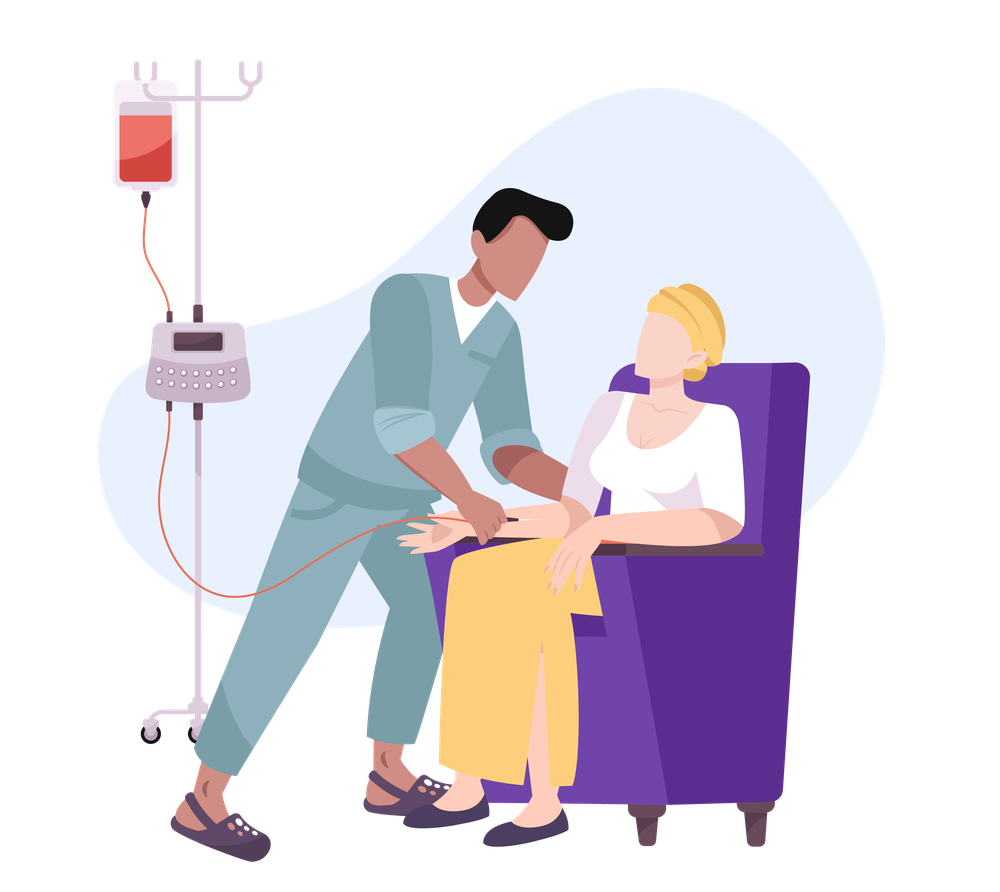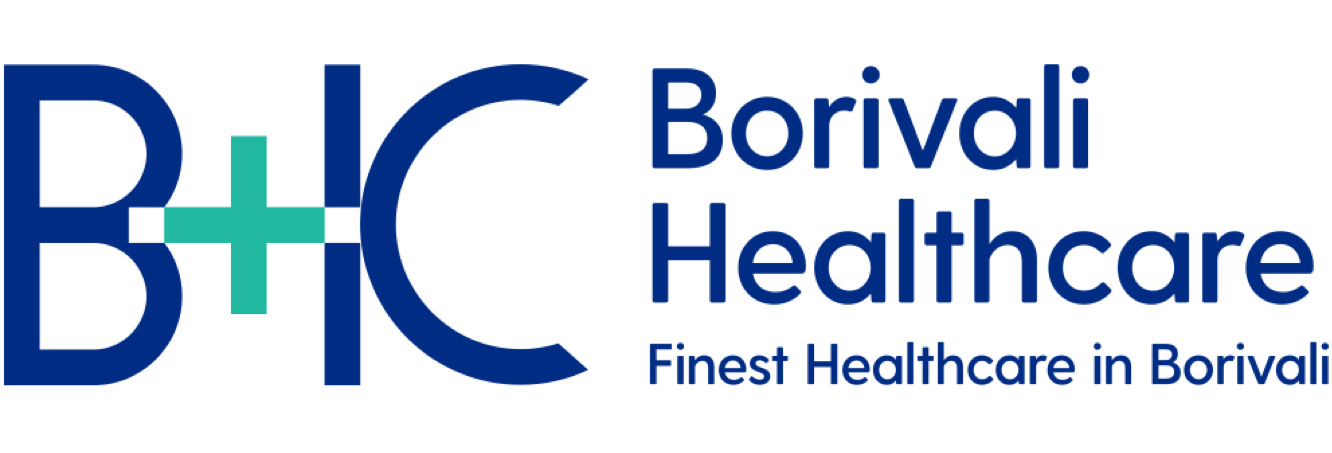
Caring for Chemoport
Mentioned below are FAQ's on how to care for the Chemoport
You may feel soreness or pain at your incision sites and where the catheter was tunneled under your skin. This should get better in 1 to 2 days. You can take over-the-counter pain medication (medication you get without a prescription) if you need it. You may also notice some bruising.
Wearing a seatbelt may put pressure on your incisions. You can put a small pillow or folded towel between the strap and your body to help with this.
If your incisions were closed with sutures:
• You will have 2 small bandages covering your incision.
• Leave your bandages in place for 48 hours, or as long as your healthcare provider tells you to. • Do not get your bandages wet. You can shower once your bandages are removed.
The skin over your port doesn’t need any special care. You can wash it as you normally would. If your care team used Steri-Strips, these will fall off on their own in 7 to 10 days.
Your port will not set off metal detectors.
Your healthcare provider will access your port when you need IV fluids or medication. They will do this by placing a needle through the access point. The fluid or medication will move from your port through the catheter and into your bloodstream.
Only healthcare providers trained in port care should access your port.
Your care team may need to access your port the day it’s placed. If they do, they will insert an access needle into the septum when your port is placed.
The needle and port will be covered by a special bandage (dressing) while your port is accessed. The dressing will help to keep the needle in place. There also can be a small bandage over the top incision. You don’t need a bandage over your port when it’s not being used.
Your port flushes on its own while it’s being used. When it’s not being used, your port will need to be flushed every 4 weeks. To do this, a nurse will put a needle into your port. They will inject saline (sterile salt water) into your catheter. This is done to make sure the catheter does not get blocked. Your catheter may not work if it is blocked. If this happens, you may need to have your port removed.
Your healthcare provider may remove your port when you no longer need it, or if it gets infected. Talk to your healthcare provider for more information about removing your port.
- If you have new or increased pain at the site of your port.
- If you have swelling or a growing bruise at the site of your port.
- If you have pus or fluid coming from your incision(s).
- If you notice your incision(s) are hot, tender, red, irritated, or opening.
Dr. Supriya Kamble: 9834808926
- If you have a fever of 100.4° F (38° C) or higher.
- If you have chills.

